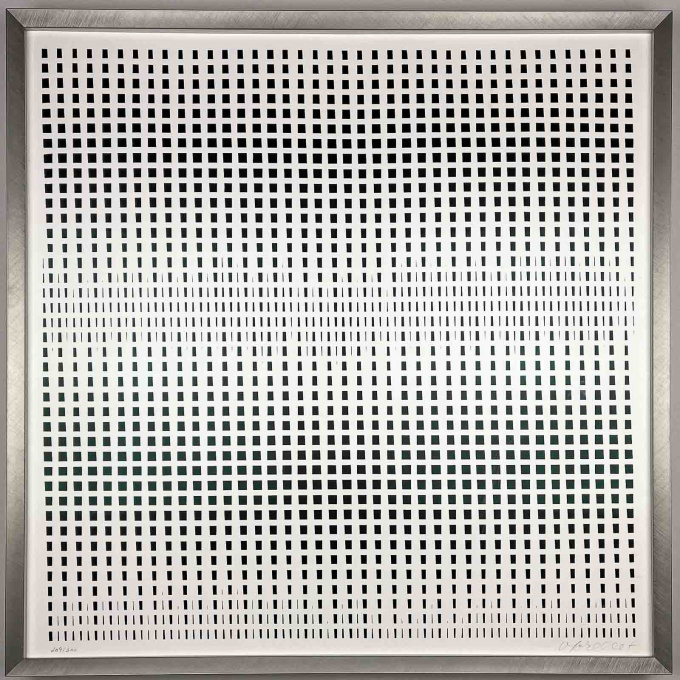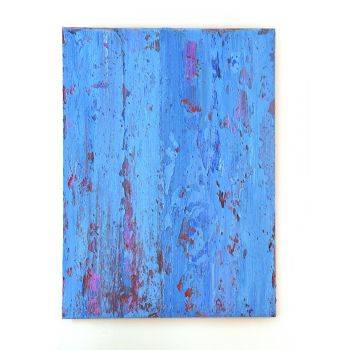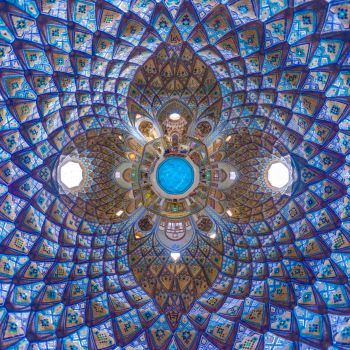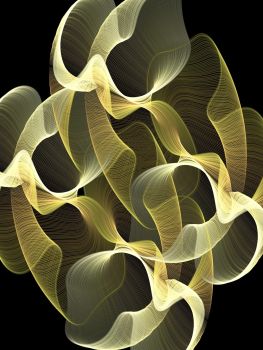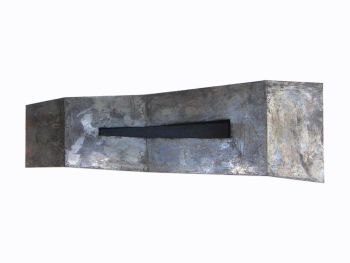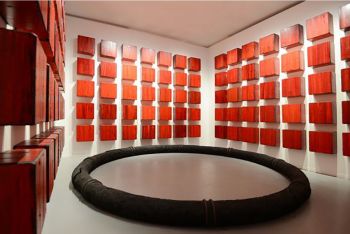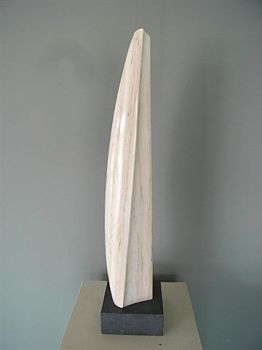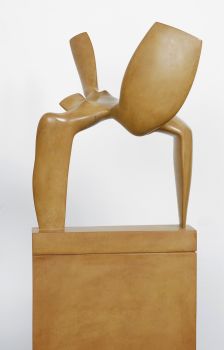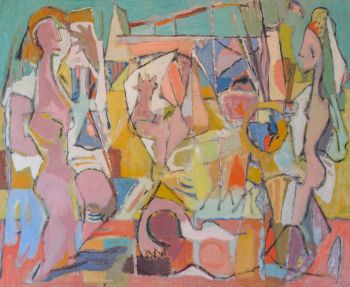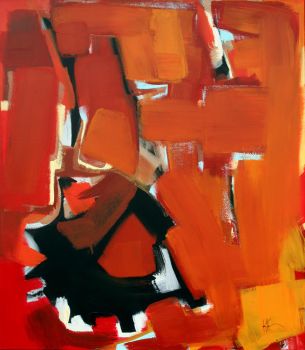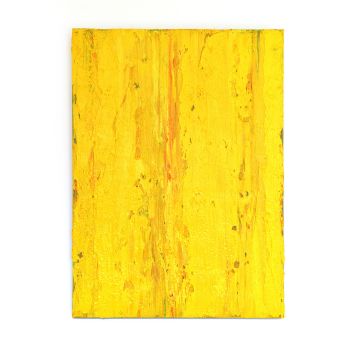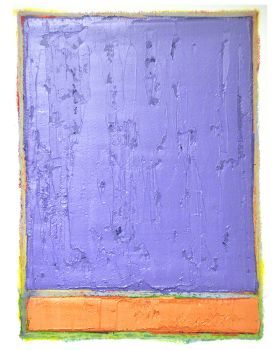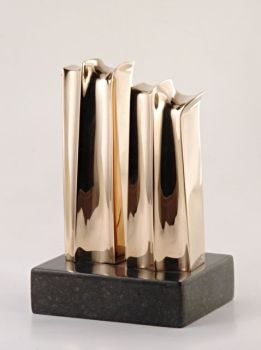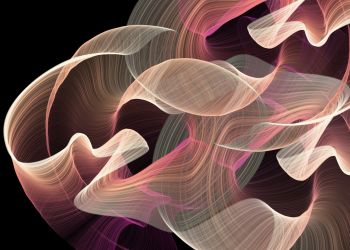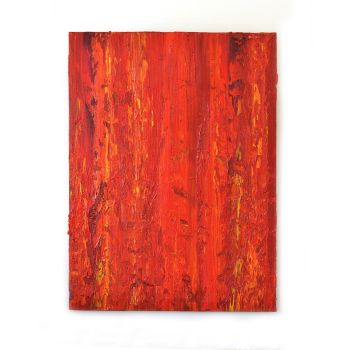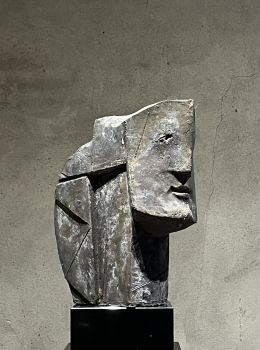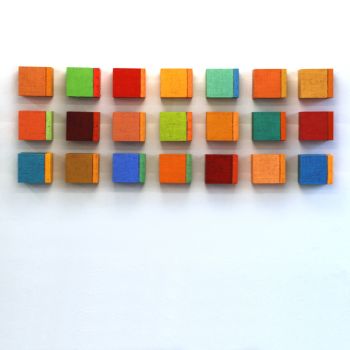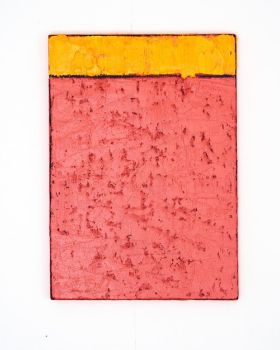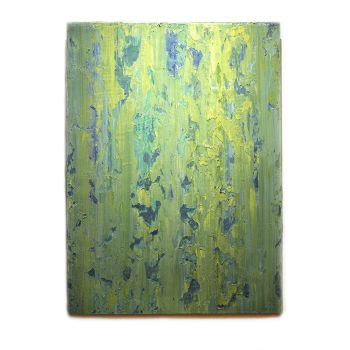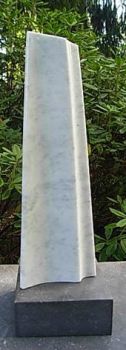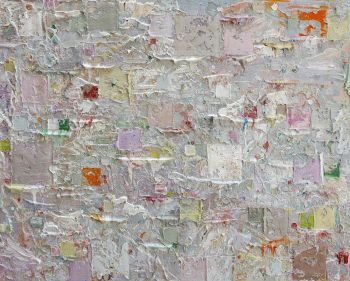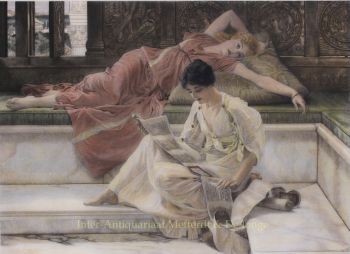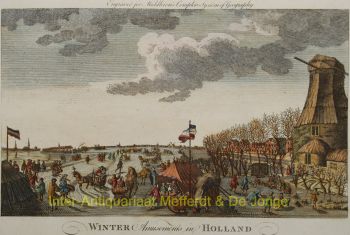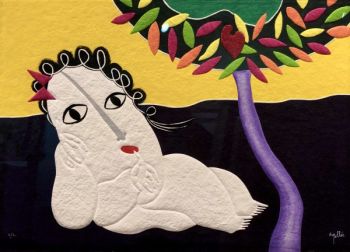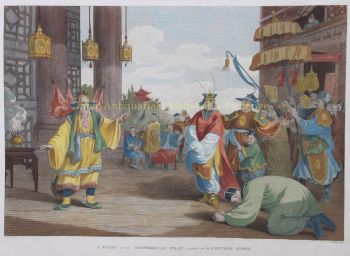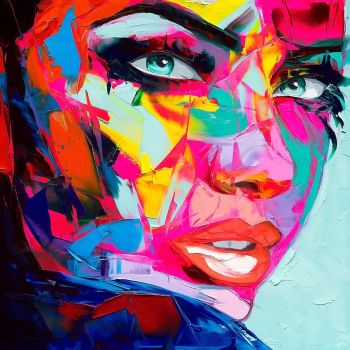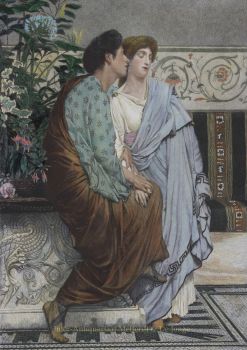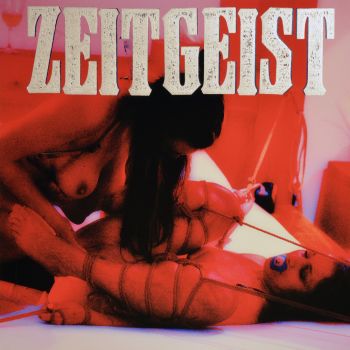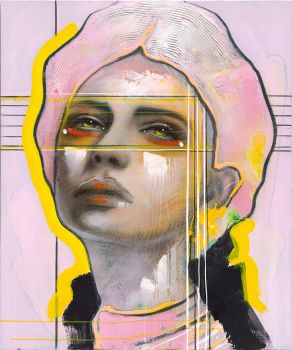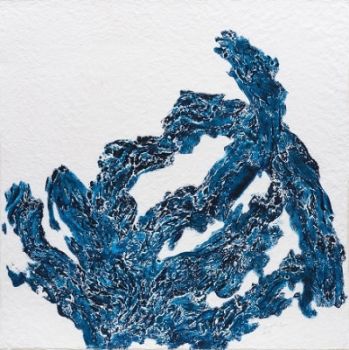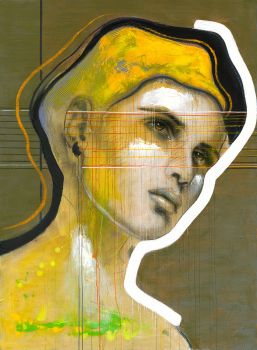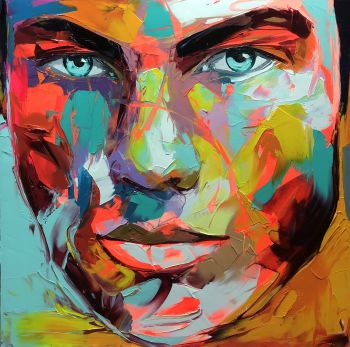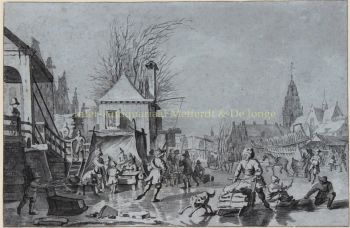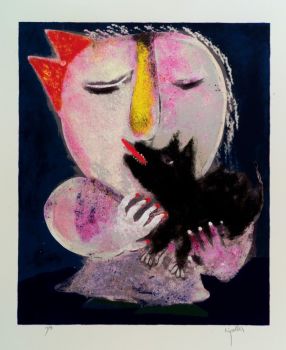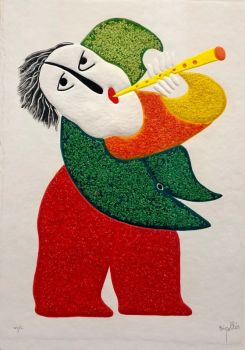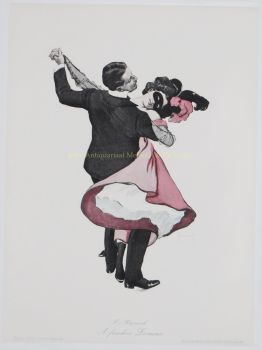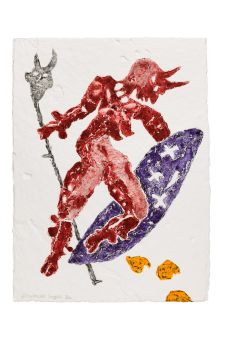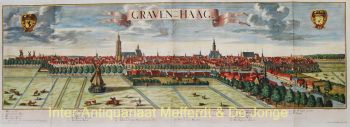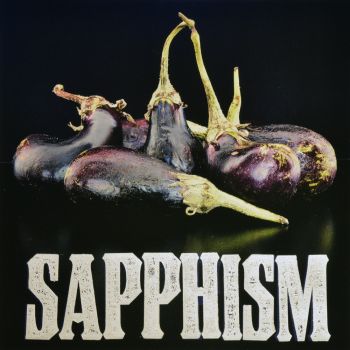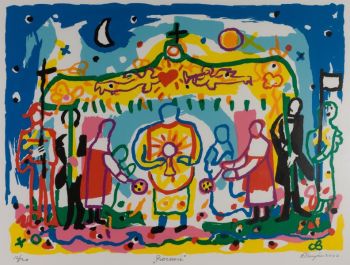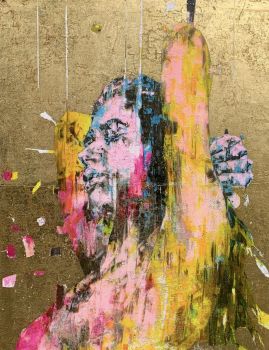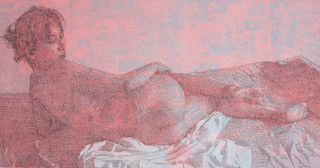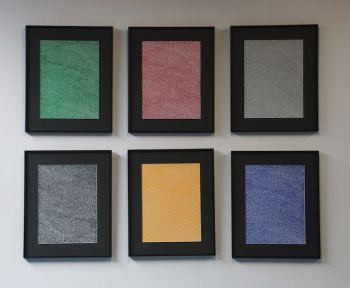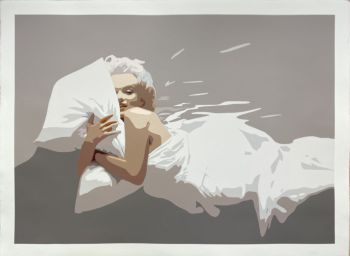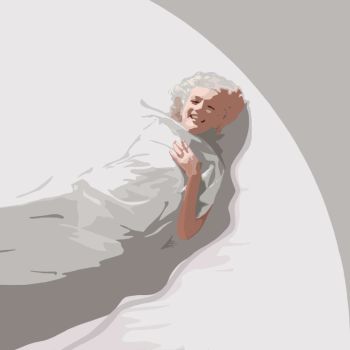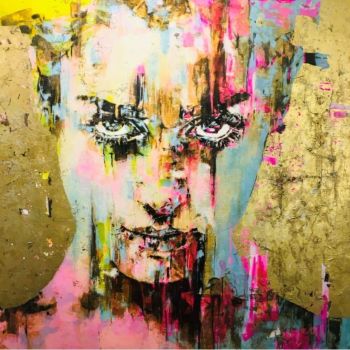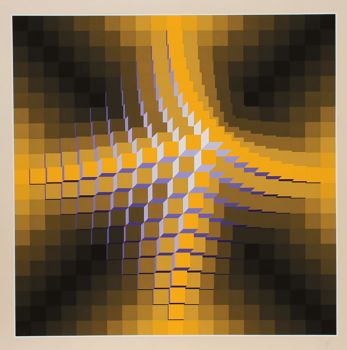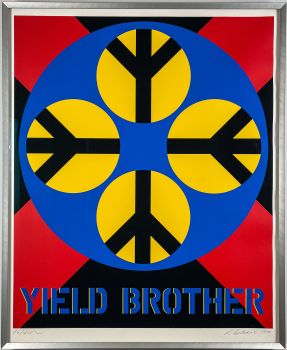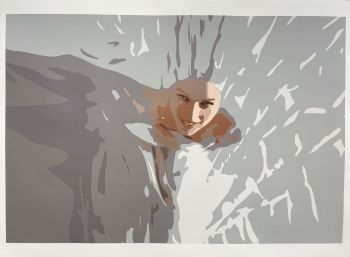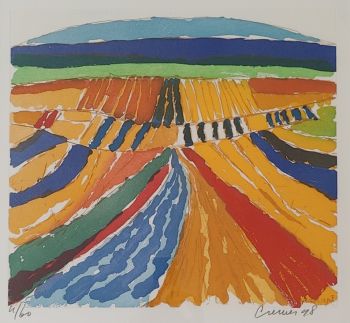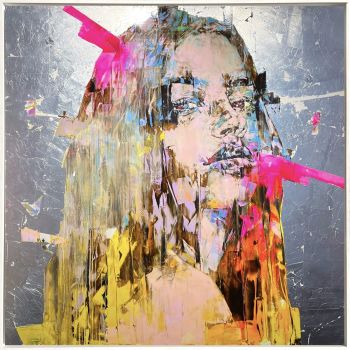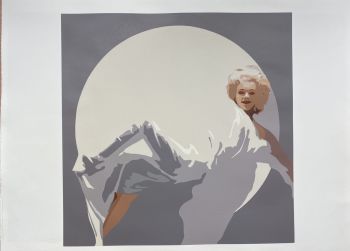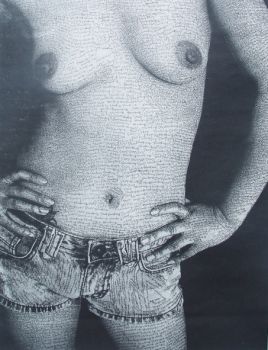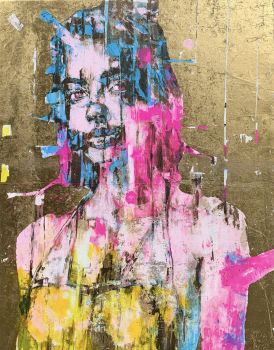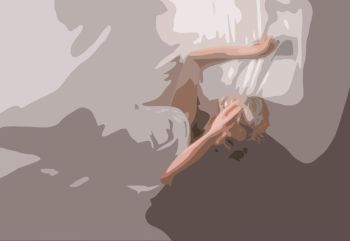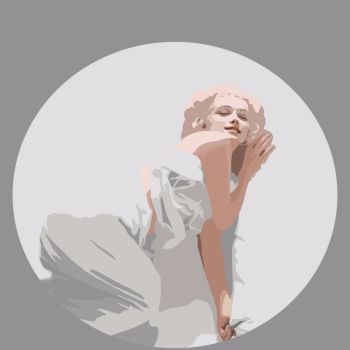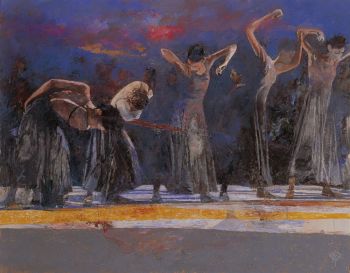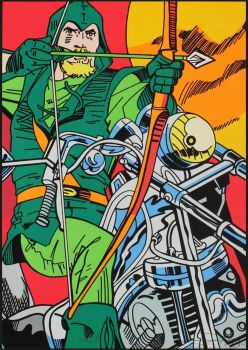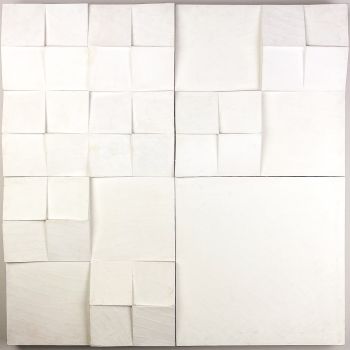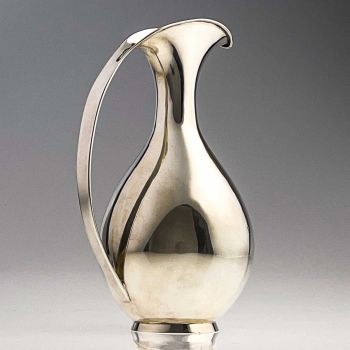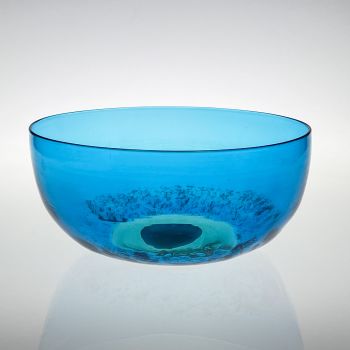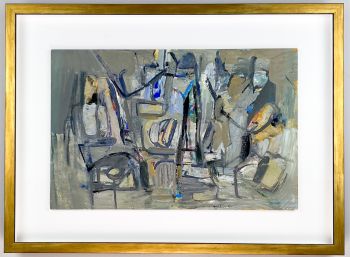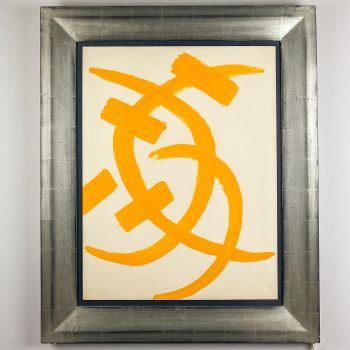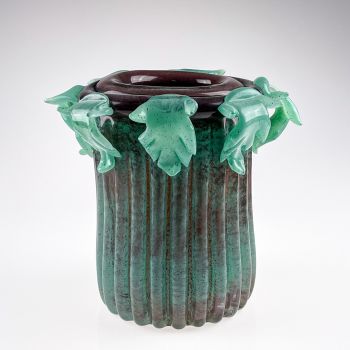“Trames” 1970 – silkscreen on wove paper, framed museumglass 1970
François Morellet
PapierDruckSiebdruck
67 ⨯ 67 ⨯ 6 cm
ConditionVery good
€ 1.750
Van Kerkhoff Art
- Über KunstwerkSilkscreen op wove paper, printed in 1970. Signed and numbered (209/300) by the artist in pensil.
Professionally framed in brushed aluminium frame with museumglass.
About François Morellet
François Morellet (Cholet 1926 – Cholet 2016) was a French painter, sculptor, and light artist. François Morellet ‘s early work prefigured minimal art and conceptual art, and he played a prominent role in the development of geometrical abstract art.
Morellet began his artistic career – still working in his parents’ business – as a autodidact painter. His work was influenced by the work of the Dutch painter Piet Mondriaan and by the French painter Pierre Dmitrienko (Nouvelle École de Paris).
As early as 1950 he called himself an abstract painter and around that time he already had his first exhibition at Galerie Creuze in Paris. His first “sphère trame” dates from this period.
In the 1960’s, together with artists such as Francisco Sobrino, Horacio Garcia Rossi, Julio Le Parc, Yvaral and Joël Stein, he started experimenting with kinetic art within the artists’ group “Groupe de Recherche d’Art Visuel”, which wanted to experimentally explore the possibilities of visual art in a scientific way. He also participated in the international movement “Nouvelle Tendance”.
In 1963, Morellet began to create light objects using neon tubes after the example of the American Dan Flavin. From the end of the sixties, Morellet started to occupy himself with art in relation to architecture and art in public spaces. Examples of these projects are: the Centre Culturel in Compiègne, the La Défense district in Paris and contributions to the sculpture park of the Kröller-Müller Museum in Otterlo.
Morellet’s work is considered to be geometric abstraction and it fits in with the minimalism of Donald Judd, Ellsworth Kelly, Sol LeWitt and Frank Stella. At the same time, there is an affinity with Dadaism.
Many international musea represent Morellet’s work, among many others: Centre Pompidou, Paris; Tate Gallery, London; MoMa, New York; Los Angeles Museum of Art (Lacma); The Tel Aviv Museum and Nationalgalerie, Berlin.
Signed
Signed and numbered (209/300) by the artist in pensil.
Condition
Very good condition, full margins.
Dimensions
Sheet
Height 64 cm
Width 64 cm
Frame
Height 67 cm
Width 67 cm
Depth 6 cm - Über Künstler
François Morellet (30. April 1926 in Cholet – 11. Mai 2016) war ein französischer Künstler. Im Laufe seiner Karriere war er in verschiedenen Kunstformen tätig, darunter Malerei, Lichtkunst, Bildhauerei und Grafik.
Morellet begann seine künstlerische Laufbahn als Maler, als er noch im Betrieb seiner Eltern arbeitete. Ab 1948 brachte er sich das Malen autodidaktisch bei und absolvierte einige Jahre später eine Lehre als Maler.
Sein Werk wurde von Künstlern wie Piet Mondrian und dem Maler Pierre Dmitrienko (Nouvelle École de Paris) beeinflusst. Bereits 1950 bezeichnete er sich als abstrakten Maler und hatte zu dieser Zeit seine erste Ausstellung in der Galerie Creuze in Paris. Aus dieser Zeit stammt seine erste Sphère Trame.
In den sechziger Jahren begann er zusammen mit Künstlern wie Francisco Sobrino, Horacio Garcia Rossi, Julio Le Parc, Yvaral und Joël Stein innerhalb der Künstlergruppe Groupe de Recherche d'Art Visuel mit kinetischer Kunst zu experimentieren. Diese Gruppe wollte die Möglichkeiten der bildenden Kunst experimentell wissenschaftlich untersuchen. Er beteiligte sich auch an der internationalen Bewegung Nouvelle Tendance.
1963 begann Morellet, inspiriert vom Amerikaner Dan Flavin, mit der Herstellung von Lichtobjekten aus Neonröhren. Ab den späten 1960er Jahren begann Morellet, sich auf Kunst im Zusammenhang mit Architektur und Kunst im öffentlichen Raum zu konzentrieren. Beispiele für diese Projekte sind das Centre Culturel in Compiègne, das Viertel La Défense in Paris und Beiträge zum Skulpturenpark des Kröller-Müller-Museums in Otterlo.
Morellets Werk wird der geometrischen Abstraktion zugeordnet und passt gut zum Minimalismus von Donald Judd, Ellsworth Kelly, Sol LeWitt und Frank Stella. Gleichzeitig zeigt es eine Verwandtschaft zum Dadaismus.
Ein typisches Beispiel seiner Arbeit ist NoEndNeon im Zentrum für Internationale Lichtkunst in Unna, wo er diese Installation speziell für einen unterirdischen Raum des Lichtkunstmuseums angefertigt hat.
Sind Sie daran interessiert, dieses Kunstwerk zu kaufen?
Artwork details
Related artworks
Geer van Velde
Composition: on the beach, ca. 19401898 - 1977
Preis auf AnfrageStudio 2000 Art Gallery
Rene Rietmeyer
"Portrait of Little Sara" 20182018
Preis auf AnfrageEuropean Cultural Centre Collection
1 - 4 / 24- 1 - 4 / 24
William Rosewood
She Loves Me, She Loves Me Not2019 - 2020
Preis auf AnfrageGalerie Mia Joosten Amsterdam
1 - 4 / 24- 1 - 4 / 12

